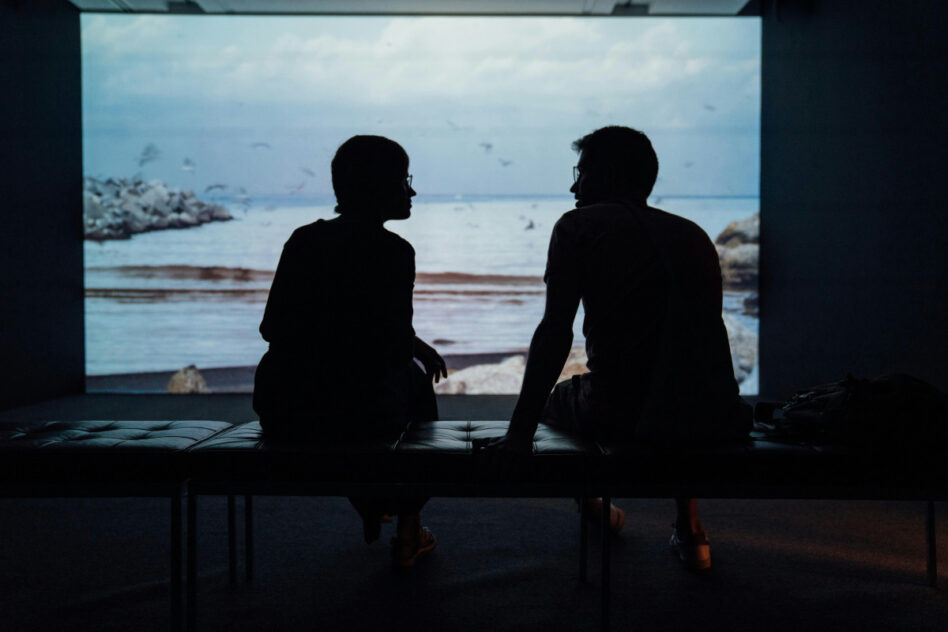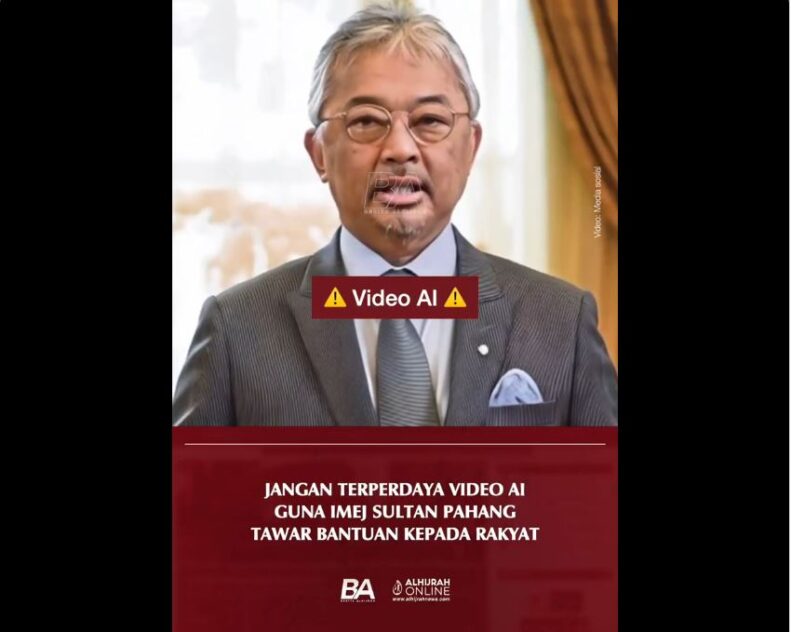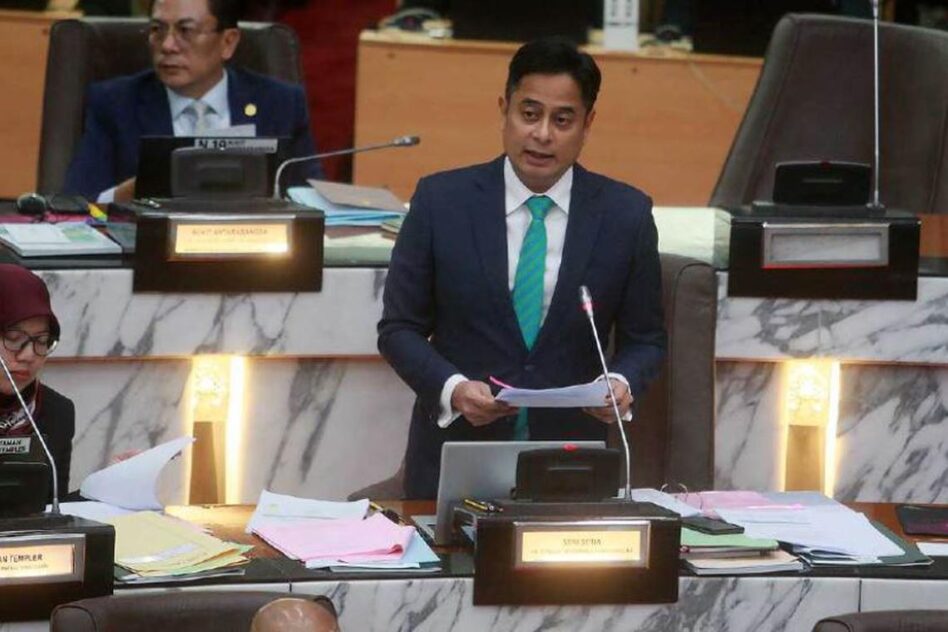YESTERDAY’S announcement of an extension to Feb 18 of the movement control order (MCO 2.0) which has been in effect since Jan 13 is nothing surprising considering the high number of COVID-19 positive cases in the country.
Assuming the MCO 2.0 ends on Feb 18, this will mean that MCO 2.0 is shorter than its predecessor MCO 1.0 as the former entails only 37 days of partial economic closure compared to 47 days (March 18 to May 20).
Understandably, as pointed out by PublicInvest Research, MCO 2.0 is also an improvement compared to MCO 1.0 given that it entails only partial economic closure with the exception of Sarawak (which is under conditional MCO).
On the contrary, MCO 1.0 saw a complete and nationwide economic closure (except for the movement of essential goods such as food).
No doubt we have learnt a great deal of lessons from MCO 1.0, yet it has to be borne in mind that the severity of the lockdown as evident during MCO 1.0 had enabled the country to control the spread of COVID-19 cases to a double-digit or low three digits.
In current times, however, the authorities have allowed the opening of five key economic sectors, notably manufacturing, construction, services, trade and distribution, and plantations and commodities.
Along with wider opening of the economy, the country is posting high frequency of record-breaking COVID-19 infection rate which poses the question of how best to control the severity of an outbreak amid a much looser lockdown exercise.
That said, not all segments of the services are fully-open however, with certain retail sub-sectors (eg clothing, shoes, beauty) remain shut during the period, while in-store dining is prohibited from food and beverage (F&B) outlets.
The Government has also allowed for certain projects in the construction sector to continue especially those that involve public works.
There could, however, be some pull back in the transportation sub-sector due to restrictions in the number of passengers and the working/learning from home ‘new normal’ has kept outdoor physical movement to a minimal.
“In sum, economic impact from MCO 2.0 is more largely contained given better handling, economic-wise, this time around compared to the first MCO which resulted in paralysis as movements were severely curtailed, though not necessarily a bad thing, health-wise,” opined PublicInvest Research economist Dr Rosnani Rasul.
On the bright side, the research house expects economic impact from MCO 2.0 to be largely muted, thanks to the government’s sizeable fiscal injection of RM6 bil which is 40% of the RM15 bil PERMAI package (fifth stimulus programme).
This will result in a multiplier effect of RM30 bil in terms of 0.8 times marginal propensity to consume (MPC) (or multiplier effect of five times) to the economy versus RM22.2 bil of economic losses throughout the 37 days of MCO 2.0 (based on RM600 mil economic losses per day).
“In fact, the impact from the fiscal injection could be higher should the MPC jump to 0.9 times (multiplier effect of 10 times) which could be so given the high unemployment rate currently (November 2020: 4.8%) which could push a significant urge to spend especially on essential goods and services,” projected Rosnani.
“Note that MCO 2.0 can be extended up to 50 days without an adverse impact to the economy assuming a multiplier effect from the MPC of five times though the economy could rebound sharper with a full opening against a partial closure.”
Such positive prognosis underpins PublicInvest Research’s sanguine gross domestic product (GDP) outlook which remains unchanged for the year (2021: +6.2%) which is consistent with the steady economic outlook by the Finance Ministry.
Henceforth, the juggling of health concerns and economic benefits continues unabated. – Feb 3, 2021









